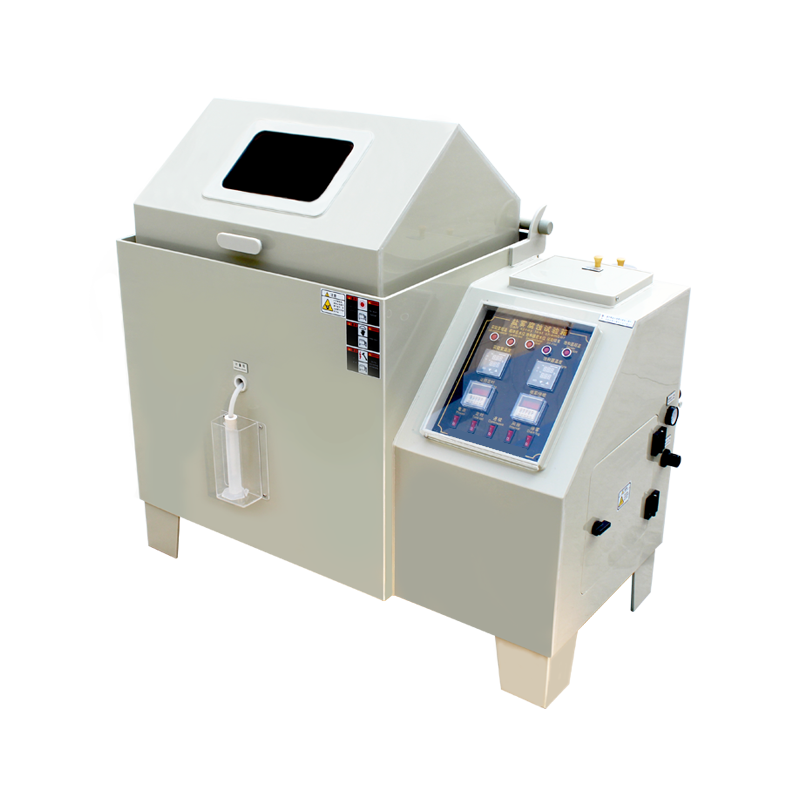Salt-spray testing is a cornerstone of quality control in many industries. It is used to assess how well materials, coatings, and complete devices withstand corrosive environments. At the heart of this test is the salt-spray chamber, yet few operators realize that the diameter of the salt-laden droplets it produces can have a decisive impact on the results. Below we break down why droplet size matters, what can go wrong if it is ignored, and how to run the test so the data are both repeatable and meaningful.
-
Why droplet size is not a detail
• Fall velocity: Small droplets stay airborne longer and settle more evenly across the specimen, increasing the effective salt dose. Large droplets drop quickly and can create localized “hot spots” or leave parts of the surface almost untouched.
• Dissolution and crystallization: Oversized droplets may not fully dissolve in the thin electrolyte film on the part. When the test dries out, salt crystals can form, shielding the surface and slowing corrosion—an artifact that is not seen in real service.
• Spatial variability: If the chamber produces a mixture of fine and coarse droplets, corrosion rates will differ from zone to zone, making the test non-representative.

-
Real-world consequences
• Automotive: A tier-one supplier discovered that door hinges that passed with coarse droplets failed with finer ones. Field returns later confirmed the finer droplet test was the better predictor of coastal service life.
• Electronics: Consumer-grade connectors passed 48 h of salt spray using a nozzle that produced 20 µm droplets. When the same parts were re-tested with 5 µm droplets, undercutting of the tin plating appeared in 24 h, matching in-service failures. -
How to keep droplet size under control
• Use a standard: Standards such as ASTM B117 and ISO 9227 specify the required droplet size distribution (typically 1–5 µm for continuous spray tests). Calibrate the atomizer with a laser diffraction analyzer at least quarterly.
• Control the environment: Maintain chamber temperature at 35 °C ± 2 °C, humidity at ≥95 % RH, and avoid drafts that can coalesce droplets.
• Log everything: Record atomizer pressure, solution specific gravity, and droplet size distribution for every test. These data enable traceability and rapid troubleshooting when results drift.
In short, the difference between a reliable salt-spray test and a misleading one often comes down to micrometers—literally. Controlling droplet size from the outset is the simplest way to ensure the test predicts real-world corrosion, not chamber artifacts.












